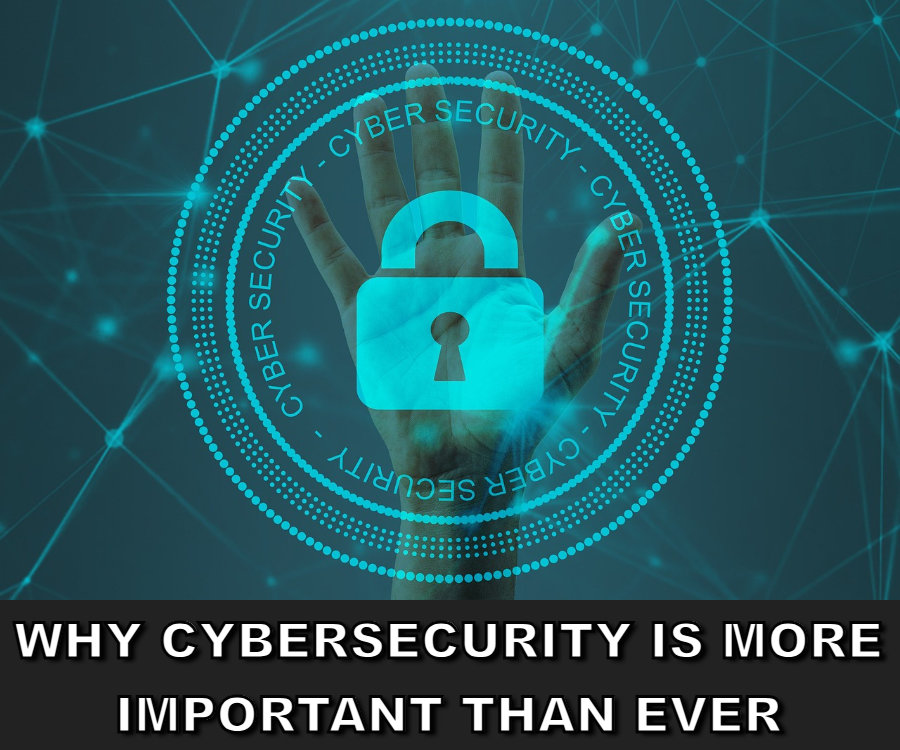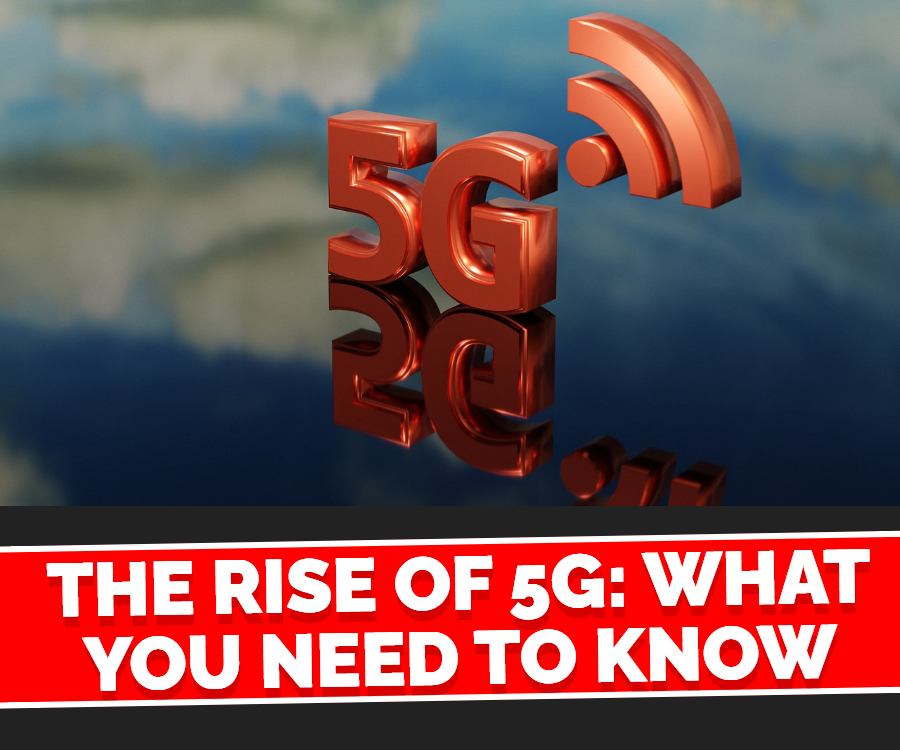
Blockchain technology is revolutionizing the way transactions are conducted, offering a decentralized, transparent, and secure way to exchange data and digital assets. This article explores what blockchain is, how it works, and its potential impact on various industries.
What is Blockchain?
Blockchain is a distributed ledger technology (DLT) that records transactions across multiple computers in a secure and tamper-proof manner. Each transaction is stored in a block, and these blocks are linked together in a chronological chain, making the data immutable and resistant to fraud.
How Does Blockchain Work?
- Transaction Initiation: A user initiates a transaction, such as sending cryptocurrency or verifying a contract.
- Verification: The transaction is verified by a network of computers (nodes) through consensus mechanisms like Proof of Work (PoW) or Proof of Stake (PoS).
- Block Creation: Once verified, the transaction is grouped with others into a new block.
- Linking the Block: The new block is added to the blockchain, forming an unalterable record.
- Completion: The transaction is completed, and all participants have access to the updated ledger.
Key Features of Blockchain
- Decentralization: No central authority controls the network, reducing risks of manipulation.
- Security: Cryptographic encryption makes data nearly impossible to alter or hack.
- Transparency: All transactions are visible to participants, increasing trust.
- Immutability: Once a block is added, it cannot be changed, ensuring a permanent record.
Applications of Blockchain
1. Cryptocurrencies
Bitcoin, Ethereum, and other cryptocurrencies operate on blockchain technology, allowing secure and decentralized financial transactions.
2. Smart Contracts
Self-executing contracts automatically enforce terms without the need for intermediaries, streamlining processes in industries like real estate and supply chain management.
3. Financial Services
Banks and payment providers use blockchain for faster, more secure cross-border transactions and fraud prevention.
4. Healthcare
Blockchain secures medical records, ensuring data privacy and easy access for authorized professionals.
5. Supply Chain Management
Companies use blockchain to track goods from production to delivery, improving transparency and reducing fraud.
6. Voting Systems
Blockchain-based voting can prevent election fraud and ensure secure, verifiable election processes.
Challenges and Future of Blockchain
While blockchain has immense potential, challenges such as scalability, high energy consumption (for PoW systems), and regulatory uncertainties remain. However, continuous advancements in technology and policy adaptations are paving the way for wider adoption.
Conclusion
Blockchain is transforming industries by providing secure, transparent, and efficient ways to conduct transactions. As technology evolves, it is expected to become an integral part of financial systems, business operations, and digital security, shaping the future of secure transactions worldwide.


